Website redesigns can feel overwhelming, especially when you’re worried about losing hard-earned search rankings. Here’s the reality, though: redesigns aren’t merely cosmetic refreshes. They’re strategic opportunities to strengthen your SEO foundation while creating better user experiences.
When you plan your site structure before launch, you’re protecting existing link equity and setting yourself up for improved crawlability. The difference between a haphazard redesign and a strategic one often comes down to upfront planning. At Utah Digital Marketing Experts, we’ve seen countless businesses either soar or stumble based on their pre-launch structure decisions. This guide walks you through actionable steps to ensure your redesign enhances rather than hurts your search presence.
Start With Goals & Content Inventory
Before sketching wireframes or choosing color schemes, you need clarity on your SEO objectives. Are you targeting local Utah customers? Expanding into new service areas? Your content structure should align with these goals from day one.
Begin with a thorough content audit using these key tools and approaches:
- Google Analytics and Search Console—Please identify the top-performing pages that require careful preservation during the redesign.
- Traffic pattern analysis—Look for your highest-converting content and strongest organic traffic sources.
- Screaming Frog crawling—Spot duplicate content, thin pages, and orphaned content dragging down site quality
- Content pruning decisions—Not every existing page deserves a spot on your new site.
Sometimes removing weak content creates a stronger, more focused website that search engines can better understand and rank.
This inventory process typically reveals surprising insights about what actually drives your business results versus what you thought was important.
Sketch a Visual Sitemap & Taxonomy
Think of your sitemap as your website’s blueprint: it guides both users and search engine crawlers through your content logically. Start with your homepage at the top, then branch into your main service categories and subcategories.
For a website design company in Utah, your structure might flow: Homepage → Services → Web Design → Custom WordPress Development. Each level should make intuitive sense to visitors while supporting your keyword strategy.
Tools like Draw.io, MindMeister, or even a simple whiteboard help visualize these relationships. The key is creating clear content clusters around your main topics. If you offer SEO services, group related pages like local SEO, technical SEO, and content strategy under that umbrella.
This visual approach prevents the common mistake of creating isolated pages that don’t connect to your broader content strategy. Search engines love websites where related content links together naturally: it demonstrates expertise and helps them understand your site’s focus areas.
Optimize URL Structure From the Get-Go
Your URL structure is like your website’s addressing system: it should be clean, descriptive, and keyword-rich while reflecting your site hierarchy. This isn’t something you want to fix after launch; changes later require redirects and can temporarily impact rankings.
Follow these essential URL best practices:
- Use hyphens instead of underscores – Search engines read hyphens as word separators.
- Keep everything lowercase – Prevents duplicate content issues from case variations
- Limit folder depth – Shorter URLs perform better and are easier to remember.
- Include target keywords naturally – A URL like /paid-ads/ppc-ads/ works better than /services/advertising/.
Consider your keyword strategy when planning URLs. If you’re targeting “PPC advertising Utah,” this alignment between URLs, content, and target keywords strengthens your SEO signals.
Remember that URLs become harder to change once your site gains traction and other websites start linking to your pages. Getting this right upfront saves massive headaches later.
Plan Internal Linking & Content Silos
Internal linking is your secret weapon for distributing page authority throughout your site while helping users discover related content. During the planning phase, map out how your pages will connect to each other.
Create pillar pages for your main service areas: these comprehensive guides anchor your content clusters. For example, a main local SEO page might link to supporting articles about Google My Business optimization, local keyword research, and citation building.
Plan for contextual links within your content, not awkward footer links that feel forced. When writing about social media strategy, naturally link to your social media management page where it adds value for readers.
Breadcrumb navigation also plays a crucial role here. It shows users their location within your site hierarchy while providing search engines with additional context about your content relationships.
SEO-First Navigation & UX Design
Your navigation menu should mirror your sitemap structure while remaining intuitive for users. This isn’t about cramming every page into your main menu—it’s about highlighting your most important content paths.
Your navigation strategy should include these key elements:
- Mobile-first design—Since Google uses mobile-first indexing, ensure hamburger menus don’t hide important pages.
- Breadcrumb navigation—Shows users their location while providing search engines with content hierarchy context
- Strategic footer links—Include location-specific pages, detailed services, or resource sections that demonstrate expertise
- Minimal click paths—Important pages should be reachable within 3 clicks from your homepage.
The goal is to maintain logical flow that matches user expectations while ensuring search engines can easily crawl your most valuable content.
Schema, Sitemaps & Indexation Planning
Technical preparation prevents post-launch scrambling. Plan both XML and HTML sitemaps that reflect your new structure: XML for search engines and HTML for users who need a complete site overview.
Schema markup deserves attention during planning, not as an afterthought. Breadcrumb schema helps search engines understand your site hierarchy, while service schema can enhance how your business appears in local search results.
Consider which pages need indexing and which don’t. Thank you pages, duplicate printer-friendly versions, and certain filtered product pages might need noindex tags to prevent diluting your crawl budget.
Redirect Strategy & SEO Preservation
Every URL change requires a 301 redirect to preserve link equity and user experience. Create a comprehensive redirect map before launch, matching old URLs to their new equivalents.
Some pages might not have direct equivalents on your new site. In these cases, redirect to the most relevant parent page or category rather than letting them return 404 errors. For instance, if you’re removing individual case study pages, redirect them to your main portfolio or case studies section.
Plan to crawl your site immediately after launch using tools like Screaming Frog or Ahrefs to catch any broken links or redirect chains that need fixing.
Your Next Steps Forward
Need expert guidance on planning your website structure and redesign? Our team at Utah Digital Marketing Experts specializes in SEO-focused website planning that protects your rankings while improving user experience. Let’s discuss how strategic structure planning can support your business goals. Schedule a consultation to discuss how strategic structure planning can support your business goals.
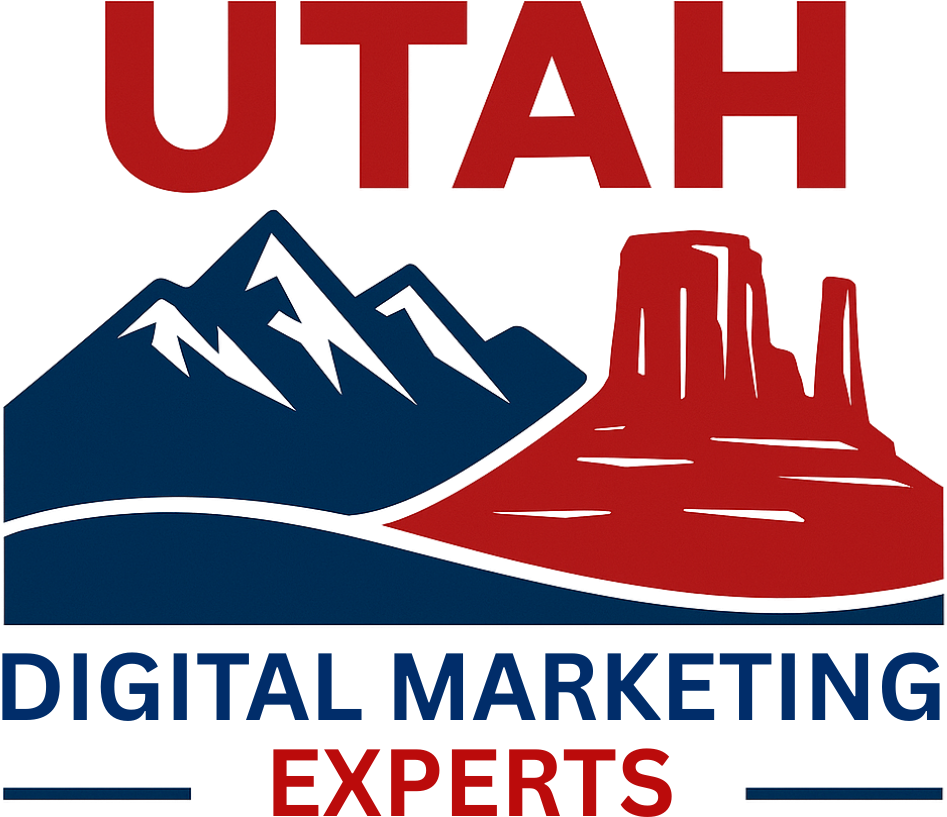

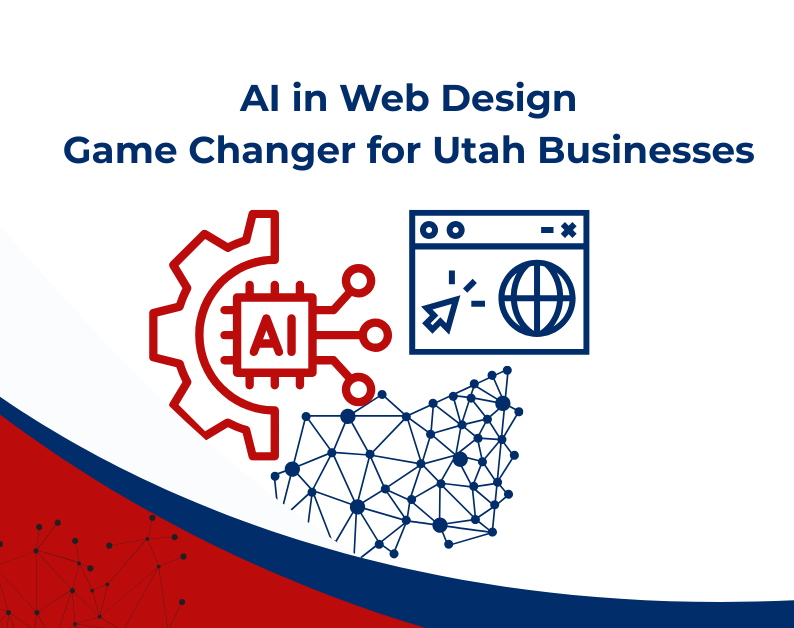

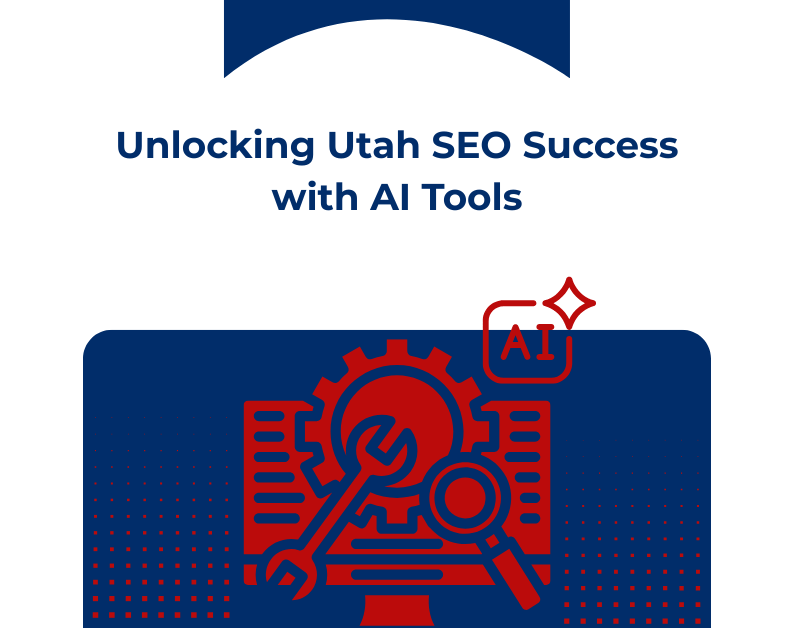
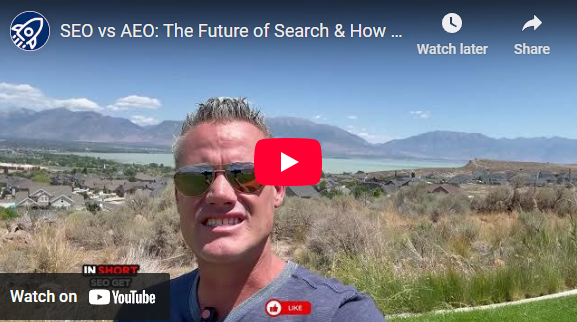
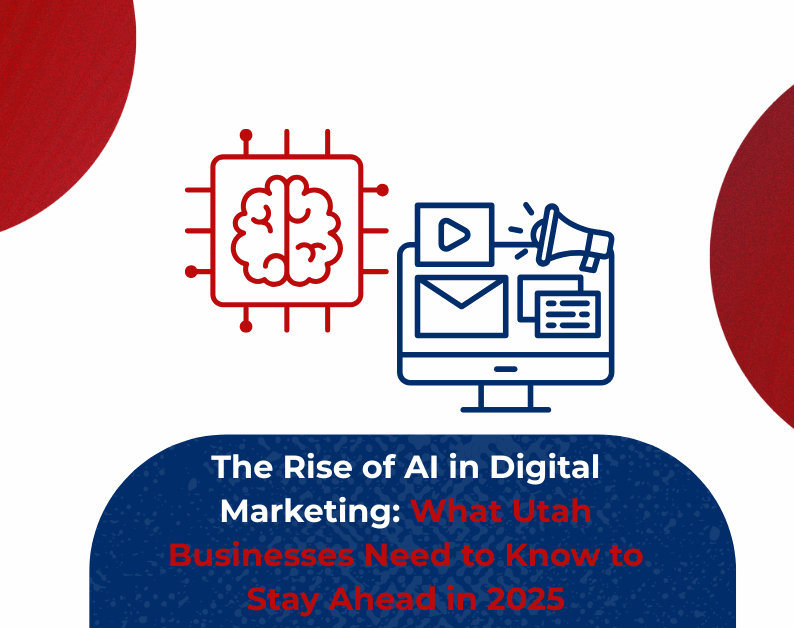
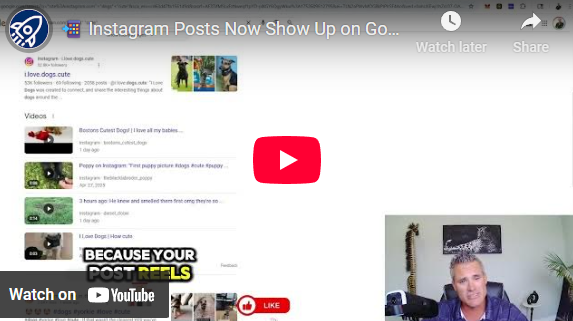
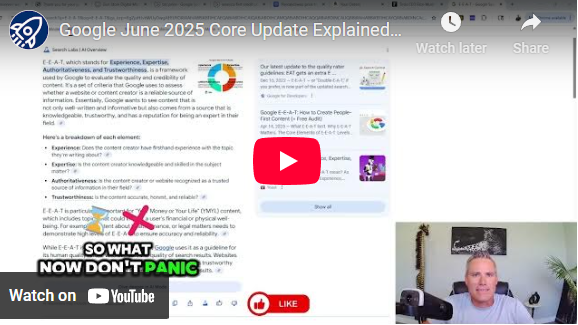
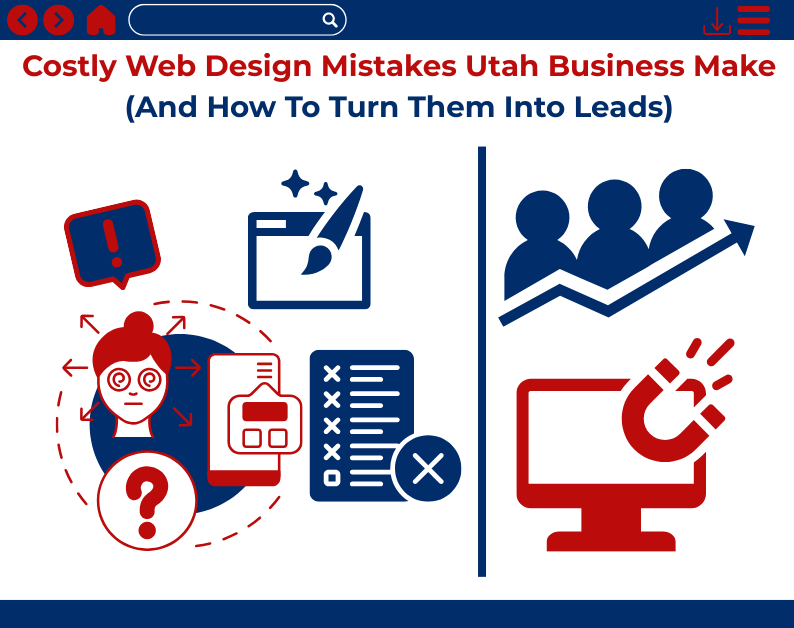
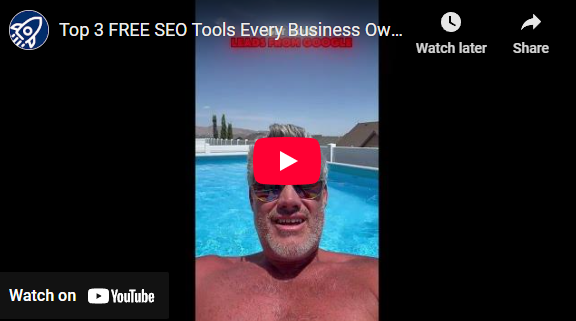

![Best Utah SEO Companies in [year] – Top Agencies for SEO Services - OnToplist.com](https://www.ontoplist.com/images/ontoplist51.png?id=68509bc1b7782)